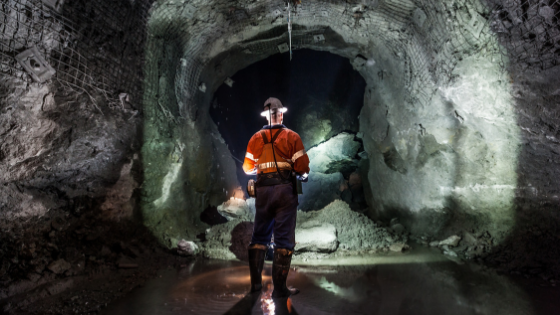Every workplace comes with its own set of health hazards. But with mining, there are no two ways to cut it: it’s a risky business, often a dangerous one.
And as an employer, it’s your responsibility to make sure that your workers are safe. Here are a few essential tips for safety in the mining industry that employers need to be aware of.
Hazard Planning and Communication
When there is a hazard in the area, your workers need to know about it. As such, your job as an employer is to be cognizant of the fact that mining work is inherently hazardous and that you need to keep your workers safe. To do this, you need to improve hazard communication throughout your whole workforce.
For example, you should always have visual hazard communication – signage, labels, etc. Anyone passing through the area should easily be able to tell that there is a hazard and that they need to avoid it.
You also need to create a company safety culture. Employees should know to look out for their colleagues and to never let their guard down. But this responsibility also falls on you – your employees should feel that they can come to you with safety concerns confident that you’ll remedy them as soon as possible.
Always Use Respiratory Protection
When working in or near mines, it is critical for you to take care of your lungs. Dust and debris are constantly in the air around a mine, and that dust and debris has a detrimental effect on your lungs.
Under OSHA standards, the primary target in preventing the spread of occupational respiratory diseases is preventing atmospheric contamination as far as is feasible.
This may be accomplished by ventilating the area and enclosure or confinement of the affected area if necessary. Employees should also be provided with personal protective equipment (PPE). In minor situations, this can mean a face mask. In more severe cases, this may include a ventilator.
The relative severity of the situation (and the appropriate respiratory protection for dealing with it) must be determined by the employer.
The employer is also responsible for developing a respiratory protection training program to educate employees about the respiratory risks they face and the safety measures they are expected to follow to protect their health.
Be Aware of Heat Stress
Miners are exceedingly susceptible to heat stress due to the nature of mines – an enclosed area with a lack of natural airflow, the physical exertion involved, and the use of heavy machinery underground. Essentially, it’s an oven full of people.
Because of this, employers are responsible for knowing the signs of heat stress, taking appropriate measures to prevent it, and taking emergency action if heat stress sets in.
Heat stress refers to a number of health conditions that arise from overheating and insufficient ability to cool down. This can result in anything from heat rashes to heat cramps to heat stroke (when the body becomes unable to regulate its own temperature, requiring immediate emergency treatment).
To keep everyone safe, workers should be provided sufficient breaks, plenty of water, and space to cool off. Workers in high-temperature environments should receive even more breaks. They should also be provided with PPE and work clothes appropriate for hot conditions.
Improving Safety in the Mining Industry
Safety in the mining industry must be the foremost concern of employers. Given the number of risks that employers ask their workers to endure each day, protecting them should be a given.
Featured Resources:
